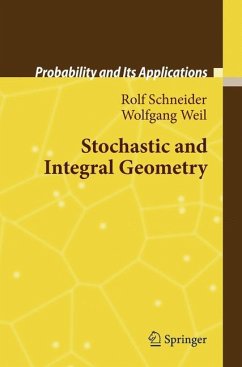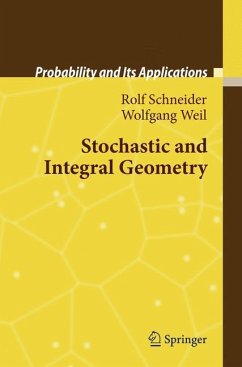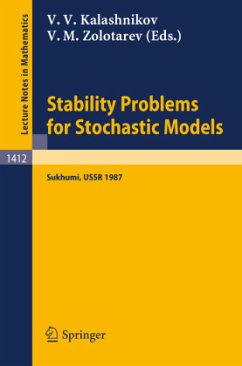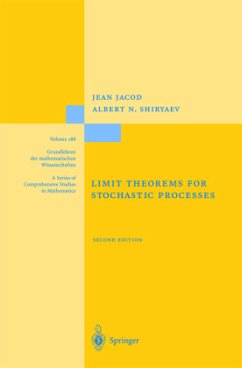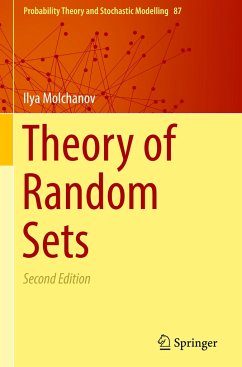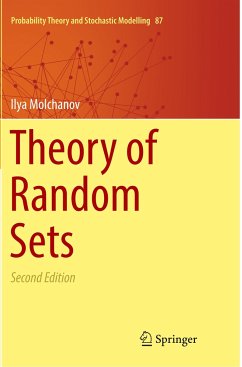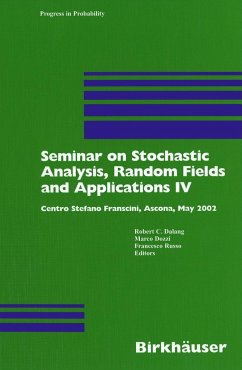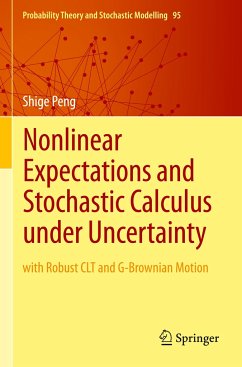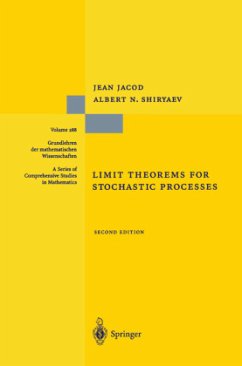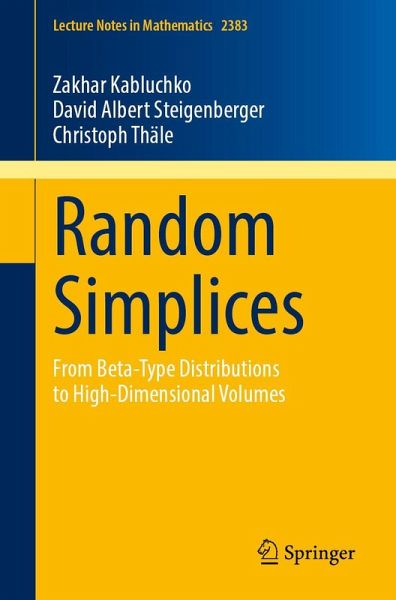
Random Simplices
From Beta-Type Distributions to High-Dimensional Volumes
Versandkostenfrei!
Erscheint vorauss. 6. Februar 2026
63,99 €
inkl. MwSt.
This book provides an introduction to the theory of random beta-type simplices and polytopes, exploring their connections to key research areas in stochastic and convex geometry. The random points defining the beta-type simplices, a class of random simplices introduced by Ruben and Miles, follow beta, beta-prime, or Gaussian distributions in the Euclidean space, and need not be identically distributed. A key tool in the analysis of these simplices, the so-called canonical decomposition, is presented here in a generalized form and is employed to derive explicit formulas for the moments of the v...
This book provides an introduction to the theory of random beta-type simplices and polytopes, exploring their connections to key research areas in stochastic and convex geometry. The random points defining the beta-type simplices, a class of random simplices introduced by Ruben and Miles, follow beta, beta-prime, or Gaussian distributions in the Euclidean space, and need not be identically distributed. A key tool in the analysis of these simplices, the so-called canonical decomposition, is presented here in a generalized form and is employed to derive explicit formulas for the moments of the volumes of beta-type simplices and to prove distributional representations for these volumes. Three independent approaches are described, including the original Ruben Miles method. In addition, a version of the canonical decomposition for beta-type polytopes is provided, characterizing their typical faces as volume-weighted beta-type simplices. This is then applied to compute various expected functionals of beta-type polytopes, such as their volume, surface area and number of facets. The formulas for the moments of the volumes are also used to investigate several high-dimensional phenomena. Among these, a central limit theorem is established for the logarithmic volume of beta-type simplices in the high-dimensional limit. The canonical decomposition further motivates the study of beta-type distributions on affine Grassmannians, a subject to which the last chapter is dedicated.
Largely self-contained, requiring minimal prior knowledge, the book connects these topics to a broad range of past and current research, serving as an excellent resource for graduate students and researchers seeking to engage with the field of stochastic and integral geometry.
Largely self-contained, requiring minimal prior knowledge, the book connects these topics to a broad range of past and current research, serving as an excellent resource for graduate students and researchers seeking to engage with the field of stochastic and integral geometry.




